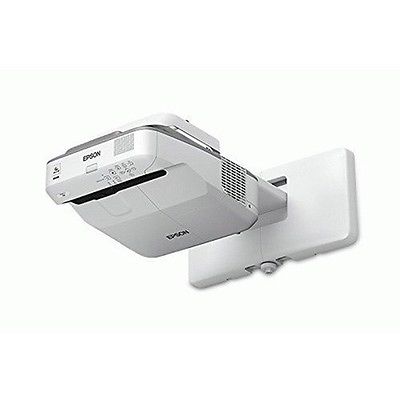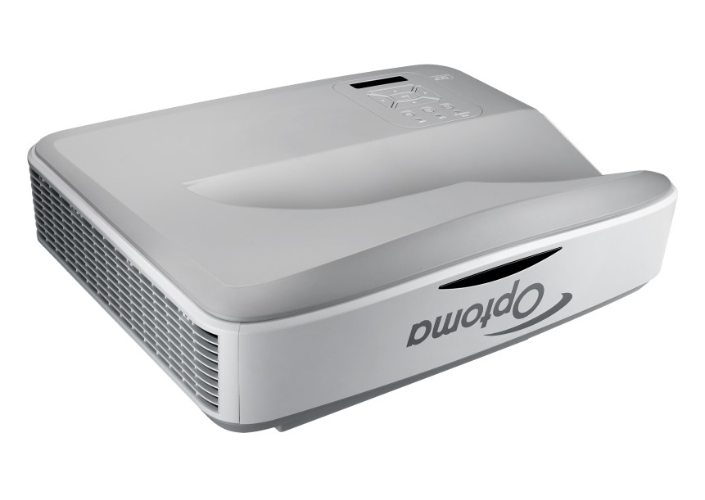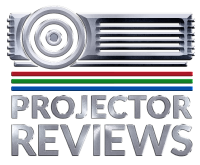- Classroom Projector Report: Best Education Projectors 2017-2018
- Guide to the Best Education Projectors Report 2017-2018
- Guide to the Best Education Projectors Report: Room, Interactivity, Networking
- The 2017-2018 Best In Classroom, Projector Award Winners
- How We Selected Projectors for our 2017-2018 Classroom Projector Report
- List of Reviewed Projectors Included in the 2017-18 Classroom Projector Report
- Classroom Projector Comparison Chart 2017-2018 - Specs
- Classroom Projector Comparison Chart 2017-2018 - Projector Series
- Higher Education Projectors Considered: Large Venue Projectors 1
- Higher Education Projectors Considered: Larger Venue Projectors 2017-2018 page 2
- Other Classroom Projectors Considered - Interactive and UST Projectors 2
- 2017-2018 Award Winners: Standard Classroom Projectors
- 2017-2018 Award Winners: Large Venue Projectors for the Classroom
- Home
- All Reviews
- By Category
- By Manufacturer
- Best Projectors
- Best Projectors By Category
- Best Projectors On Amazon
- Best 4K Projectors
- Best Ultra Short Throw Projectors
- Best Laser TVs
- Best Gaming Projectors
- Best Home Theater Projectors
- Best Projectors Under $1,000
- Best Projectors Under $500
- Best Portable Projectors
- Best Outdoor Projectors
- Best Bright Budget-Friendly Outdoor Projectors
- Best Battery Powered Outdoor Projectors
- Best Outdoor Projection Screens
- Industry News
- Reports
- Projector Manufacturers
- Manufacturer Terminology
- Manufacturers
- Recent Articles
- Custom Integration
- Projection Terms
- Projector Manufacturers Categories
- Videos
- Blog
Close
Menu
- All Reviews
- By Category
- By Manufacturer
- Best Projectors By Category
- Best Projectors On Amazon
- Best 4K Projectors
- Best Ultra Short Throw Projectors
- Best Laser TVs
- Best Gaming Projectors
- Best Home Theater Projectors
- Best Projectors Under $1,000
- Best Projectors Under $500
- Best Portable Projectors
- Best Outdoor Projectors
- Best Bright Budget-Friendly Outdoor Projectors
- Best Battery Powered Outdoor Projectors
- Best Outdoor Projection Screens
- Latest News
- Reports & Guides
- Manufacturers
- Articles
- Custom Integration
- Projection Terms
- Blog
close




